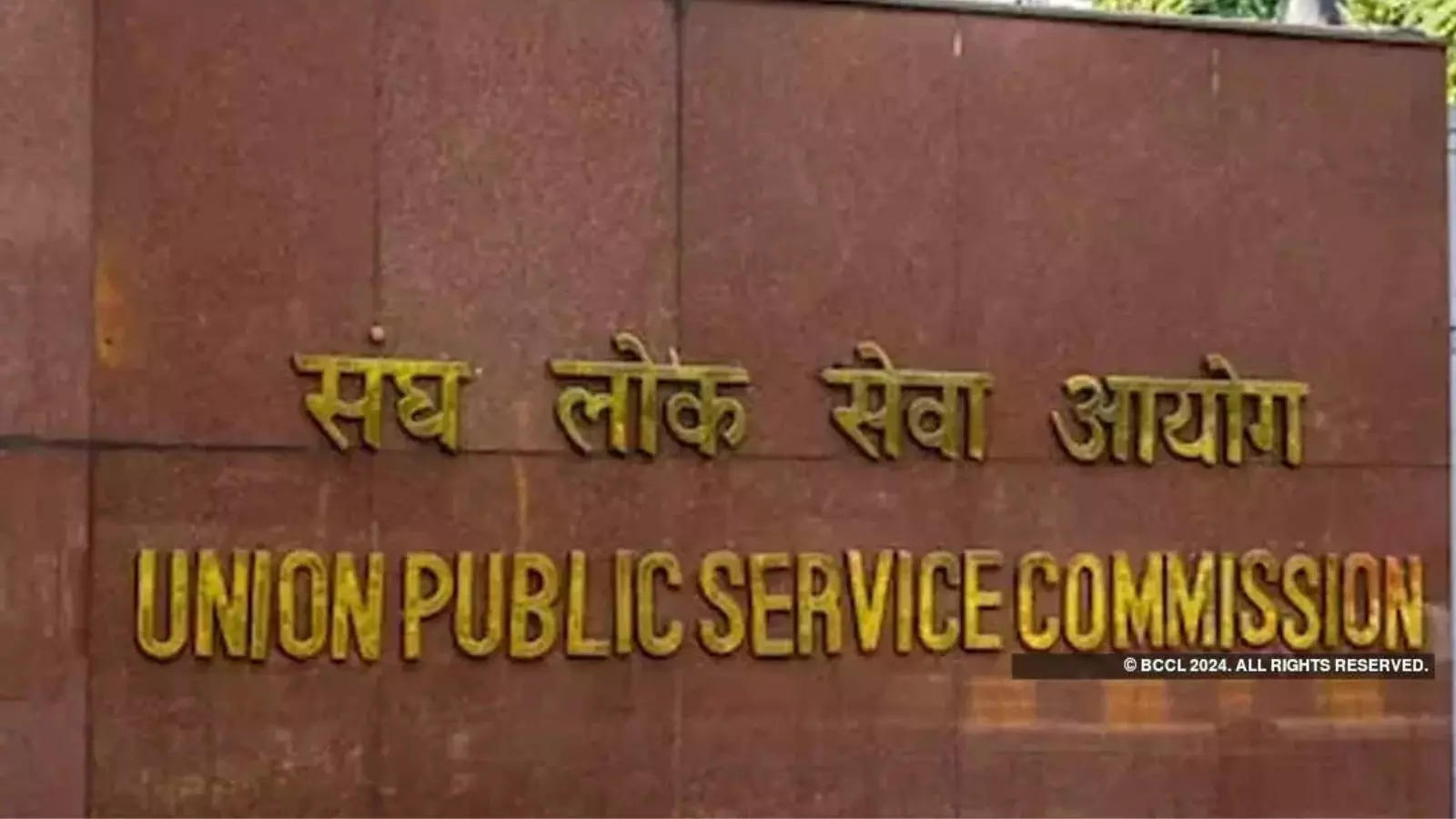GK for UPSC aspirants: What is ‘Form 17C?
The Conduct of Election Rules, 1961, mandate the Election Commission (EC) to maintain two forms: Forms 17A and 17C. Form 17A records the details of every voter who enters a polling booth and casts a vote, ensuring a comprehensive log of voter participation. Form 17C, on the other hand, contains the total number of votes cast, serving as a vital document for election transparency and accuracy.
According to Rule 49S(2), the presiding officer must provide a copy of the data entered in Form 17C to the polling agents of candidates at the close of polling. Part I of Form 17C captures crucial details, including the unique ID number of the Electronic Voting Machine (EVM) used at each polling booth, the total number of voters listed at that booth, and the number of voters who actually entered the booth and had their details validated on Form 17A.
Additionally, it records the number of voters who did not vote despite signing the register, those who were not allowed to vote, the number of test votes, and the total votes recorded in the EVM. Part II of Form 17C is used to document the election results. It is completed by the supervisor of the counting station, requires the signatures of each candidate or their representative, ensuring that the results are authenticated and agreed upon by all parties involved.
Role of Form 17C
Form 17C plays a significant role in verifying election details. Candidates use the data in Form 17C to cross-check the information provided during counting, such as the EVM ID number and the number of votes cast per polling station.
If there is any discrepancy between the data in Form 17C and the counting centre records, candidates can challenge the results. They have the right to file petitions in the high court to contest the election results based on these inconsistencies.
Form 17 C: What details does it provide?
Form 17C serves as a thorough record, providing polling agents with essential information, such as:
- The number of voters assigned to each polling place.
- The total number of voters registered in a given area.
- The number of voters who did not vote.
- The number of voters denied the opportunity to cast their vote.
- The total number of votes recorded by the EVM.
- The identification number of the EVMs.
- The names of candidates and the total number of votes each one received.
Legal battle surrounding Form 17C
The Association for Democratic Reforms (ADR), a non-profit organisation focussed on electoral and political reforms, recently filed a petition with the Supreme Court, requesting that the Election Commission (EC) publish Form 17C data on its website within 48 hours of each phase of polling.
The ADR emphasised the importance of making Form 17C data publicly available, citing significant differences between the EC’s initial voter turnout figures and the final figures.
The petition underscores the importance of public access to electoral data. By making Form 17C data available online within 48 hours, the EC would allow for independent verification of the voting process and assist in identifying any discrepancy or irregularity in voter turnout figures. The Election Commission has responded to these concerns by stating that there is no legal obligation for it to make the total number of votes cast at each polling station public.
The EC responded to the Supreme Court clarifying that copies of Form 17C are shared with the polling agents present at the close of polling, ensuring that the candidates’ representatives have access to this critical information. The Commission further explained that the voters often continue to vote after the official closing time of 6 pm due to long queues at polling stations. These additional votes are added to the final count, which can cause the apparent discrepancy.


